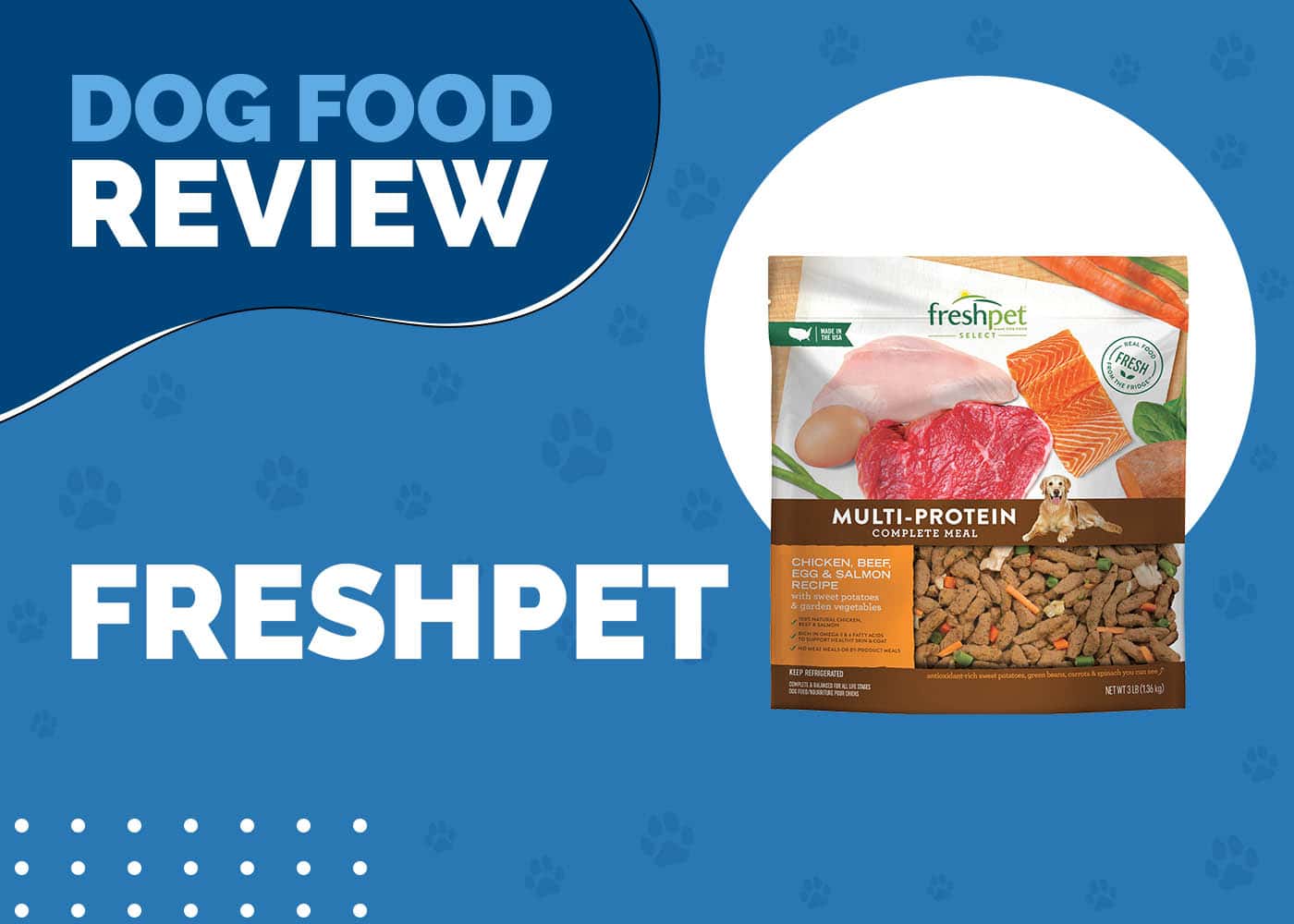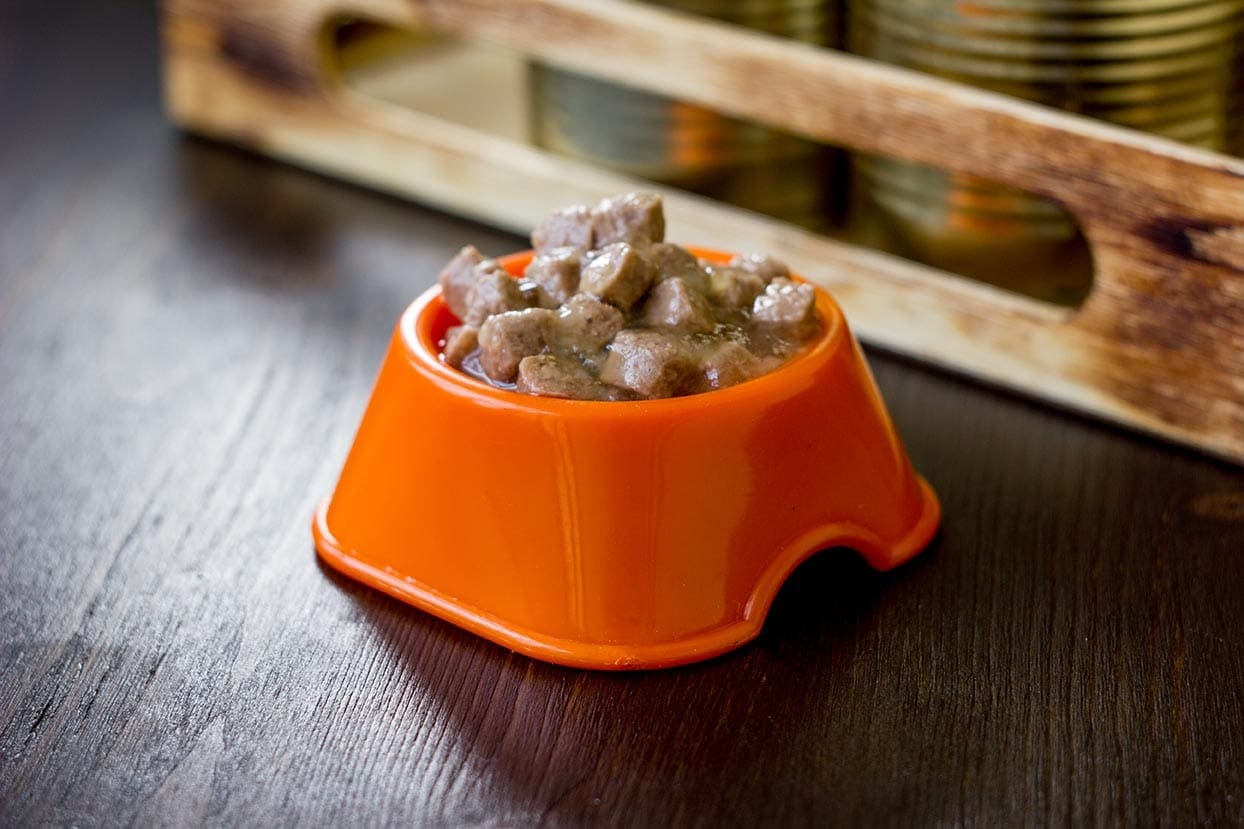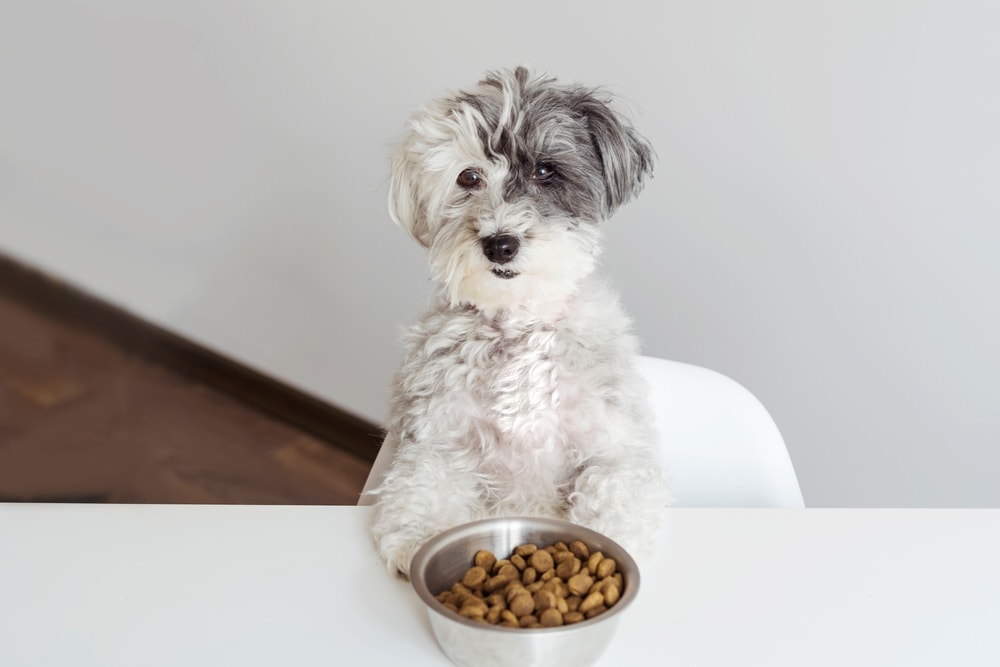How to Get a Dog to Drink Water (10 Simple Tips & Tricks)

Updated on
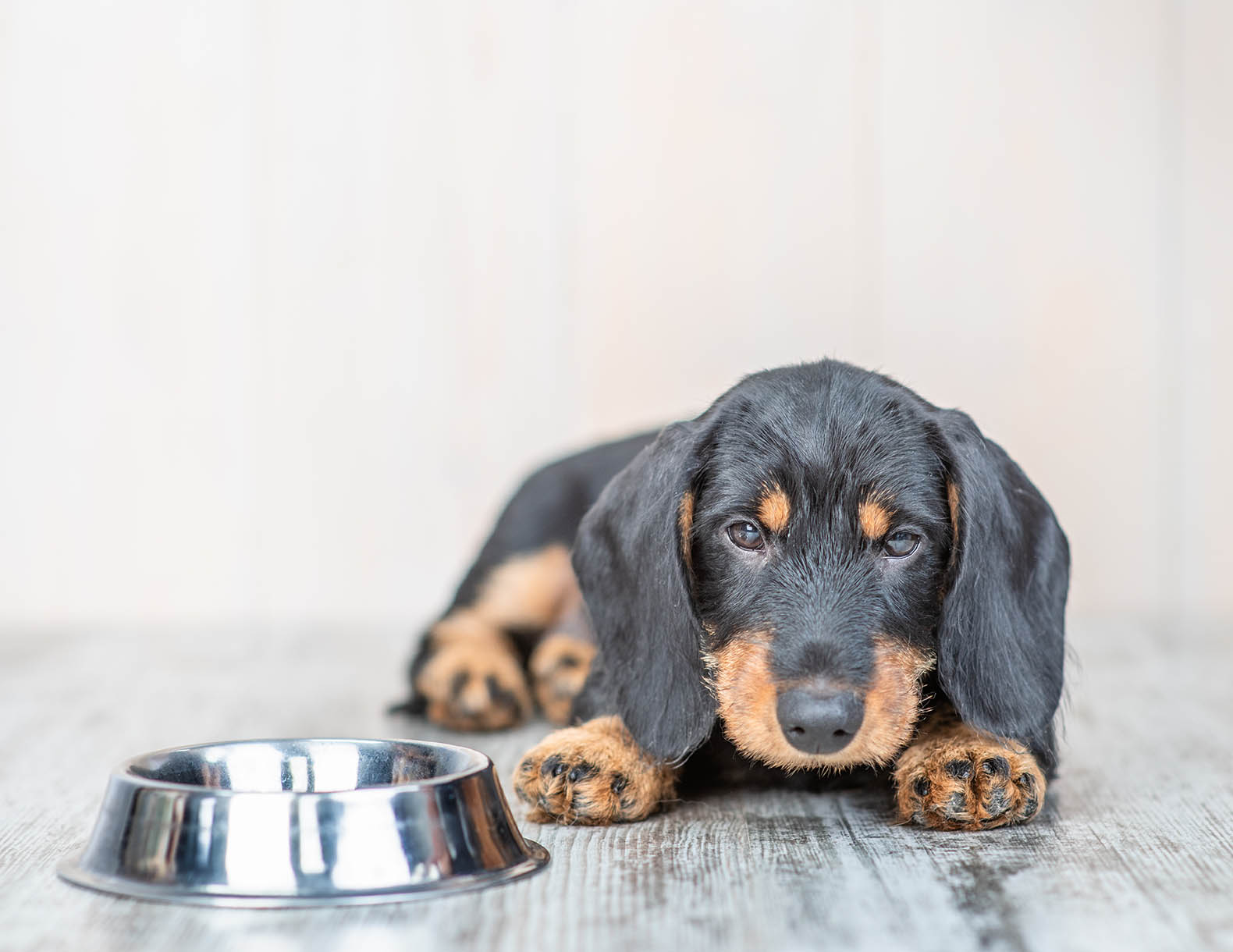
Just like any other animal, a dog requires water to stay healthy and hydrated. This means that getting dogs to drink enough water each day is our paramount responsibility. This is more so to avoid dehydration.
Dogs might experience dehydration due to several reasons, such as sickness, preference, no access enough water, unclean water bowls, and foul water. However, sometimes getting a dog to drink water can be a challenging task. With the tips and tricks below, you can actually create a routine whereby your dog will be drinking water voluntarily. Here are the 10 best ways to get your dog to drink water:
The 10 Best Ways to Get a Dog to Drink Water
1. Position Multiple Bowls of Water Around the House
Occasionally, dogs might not get enough drinking water due to limited access. Either the water provided might be too little, or accessing the water might be a challenge. Therefore, to encourage the dog to drink enough water, position multiple water-bowls around the house.
This act increases the accessibility of water, which prompts the dog to drink more water. The bowls must be positioned in places easily accessible to the dog. Also, remember to regularly check up on the bowls and refill the empty ones.
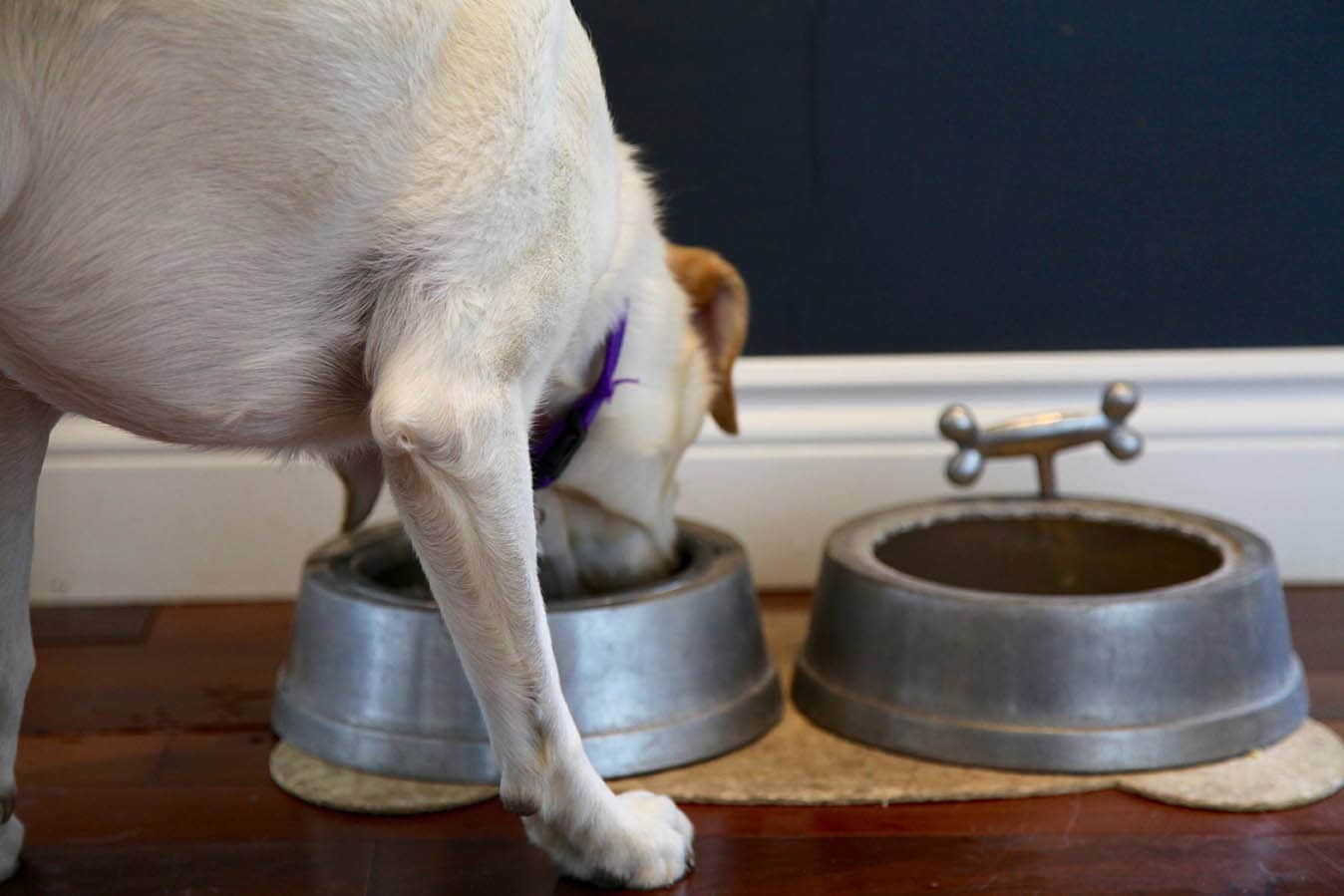
2. Keep Water Bowls Clean
Just like humans, dogs love clean habitats and feeding and drinking bowls. In fact, some dogs refuse to drink water because the bowls are unclean, which causes the water in them to become dirty. To avoid such an occurrence, it is recommended that you keep water bowls clean at all times.
Apart from encouraging the dog to drink water, keeping bowls clean protects them from diseases and infections. Thus, in addition to keeping the water bowls clean, ensure that the water provided is clean.
3. Feed the Dog Wet Foods
If your dog refuses to drink water entirely, specialists recommend that you consider feeding them wet foods. To achieve this, take some dog food, whether canned, kibble, or cooked, and add some water. Afterward, leave the food to settle for the water to be fully absorbed.
Some people believe that giving a dog crunchy foods aids in cleaning the teeth. However, this should not prevent you from soaking the dog food in some water. Providing wet foods is the best option for people struggling to get their dogs to drink water.
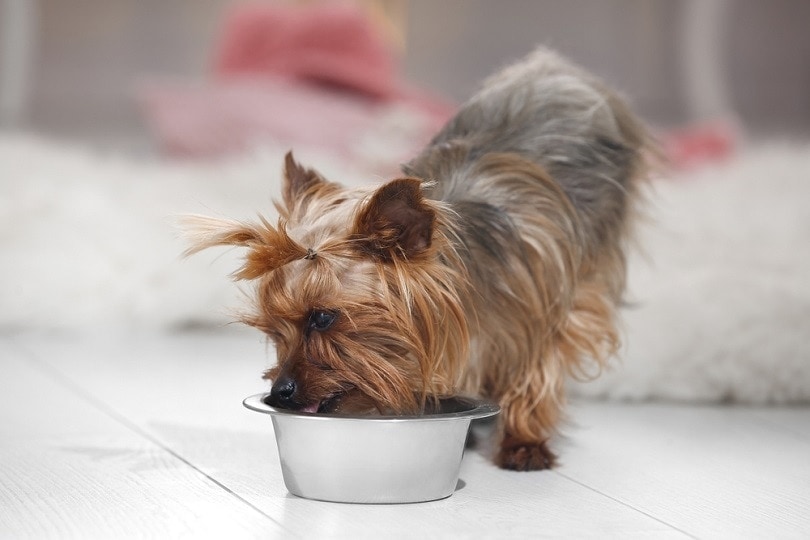
4. Provide Flavored Water
Sometimes, dogs can become quite picky with the water they drink. This is not a problem but an issue of preference. Since dogs dislike particular tastes, they might refuse to drink water when they do not like the taste.
The solution for this is to provide flavored water to the dog. You can achieve this by adding flavored ice cubes into a bowl of water. Adding flavor to water, especially using alluring flavors such as tuna juice, encourages dogs to drink more water and consequently stay healthy.
To flavor water, dog owners might also use broth. The broth is a sweet-smelling additive that makes water to produce an attractive and alluring smell. Examples of broth are chicken broth, bone broth, and beef broth. Adding small amounts of low sodium chicken broth into the water entices dogs to drink more water since it smells better than typical water.
5. Provide Different Bowls
Just like humans, dogs have preferences too. Sometimes a dog might not drink water because it does not like the bowl. To overcome this aspect, specialists recommend having several kinds of water bowls, such as glass, ceramic, stainless steel, and plastic.
You must change the bowls gradually to avoid creating monotony. This gradual shift keeps the dog enthusiastic and encourages it to drink more water. Dog owners should also consider changing the size of the water bowl gradually. It is also important not to change the bowl too quickly in order to give the dog time to enjoy each bowl.
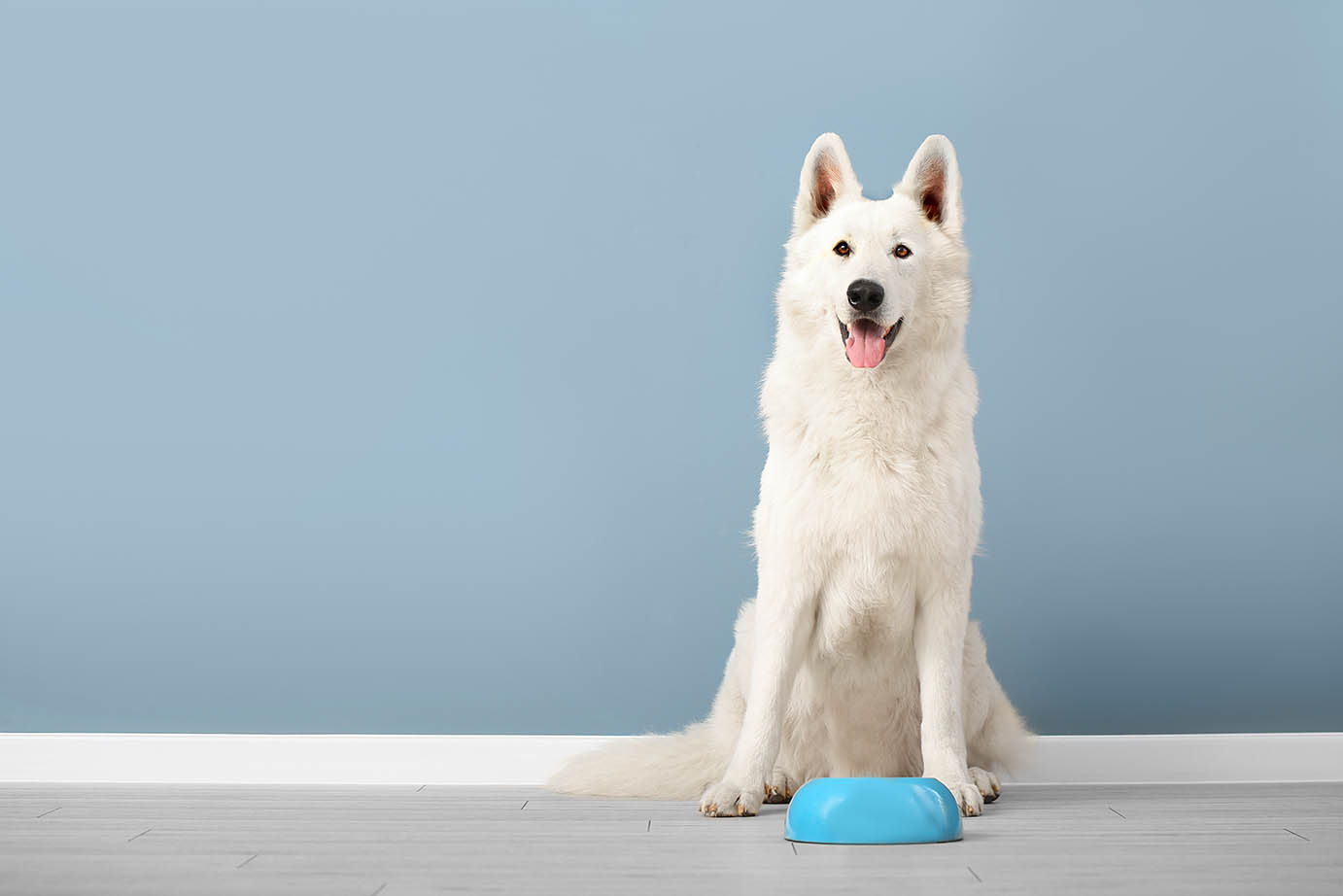
6. Use Water Fountains
Specialists encourage dog owners to switch from water bowls to water fountains. The advantage of using water fountains is that they keep the water fresh through aeration. Water that has remained stagnant in a bowl for long tastes bad and produces a foul smell. Dogs will not drink this water and will prefer fresh water. Therefore, by keeping water fresh, fountains entice dogs to drink it.
Additionally, water fountains are exciting to dogs. As the water moves out and down, it captures the dog’s attention and attracts it to come and drink.
7. Exchange Water Regularly and Keep It Cool
When water stays too long in a bowl, it becomes warm and foul. Due to the bad taste and foul smell, dogs might get discouraged from drinking the water. So, water must be exchanged regularly to keep it fresh.
Cooling the water also aids in keeping it fresh. It also helps to refresh your dog, especially after a run or a long walk. To keep the water cool, occasionally add several ice cubes.
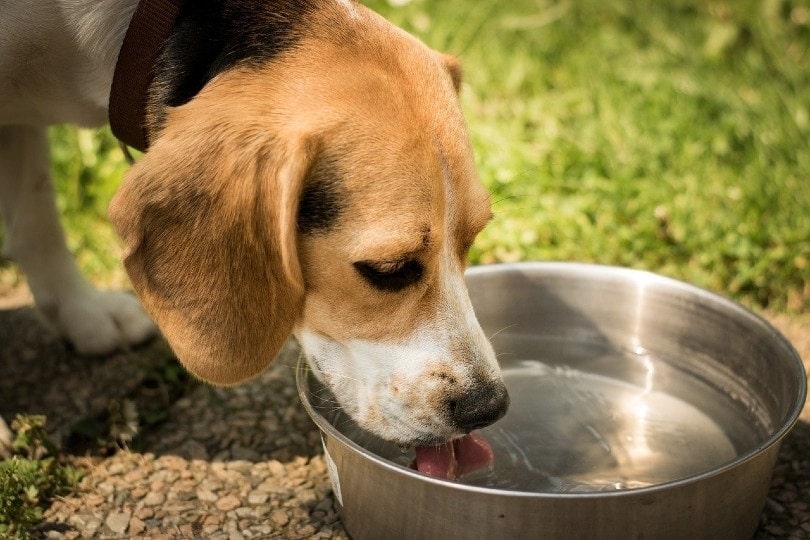
8. Exercise Your Dog
Exercises are tiresome and dehydrating. Therefore, after a run or a long walk, it is natural for a dog to get thirsty. Due to this thirst, the dog is more likely to drink water. Although some dogs might refuse to drink water after exercise, this is among the best ways of getting any dog to drink water.
9. Offer Water by Hand or Bottle
When a dog is sick, they might feel too tired to lap up water from a bowl by themselves. In such a case, veterinarians recommend that you scoop some water with your hand and bring it close to the dog’s mouth. The water-in-hand approach is valuable, especially when the dog is ill. However, do not force the dog.
Alternatively, you can also put some water in a bottle and slowly pour it into the dog’s mouth. This approach prompts the ill dog to drink some water for quick recovery. After some time, you might find the dog drinking all by itself.
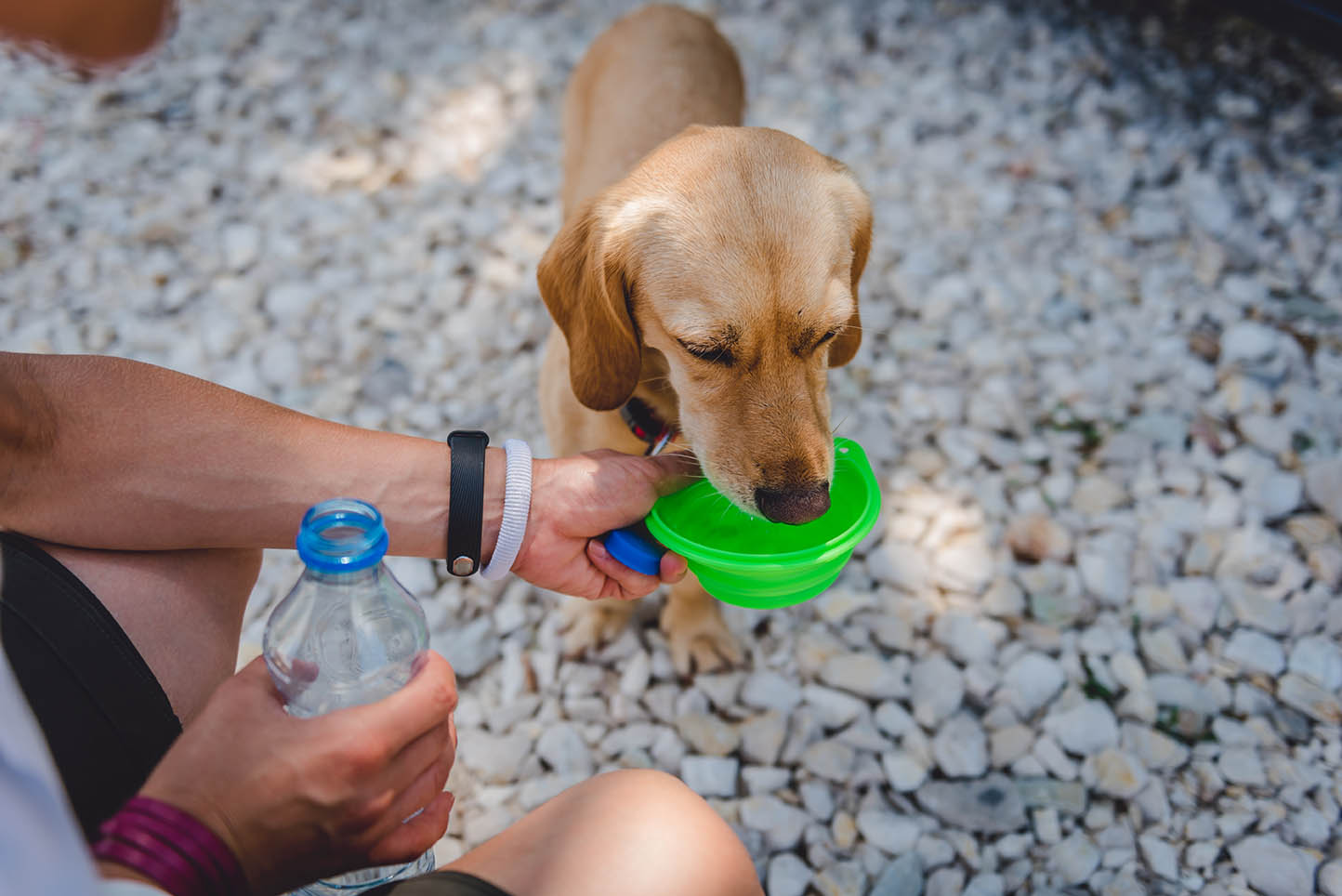
10. Use a Syphon
This approach is best suited for a dog that is incapacitated. To carry out this approach, you require a bowl of water and a siphon. First, lay the dog appropriately, and then siphon some water from the bowl. Using one hand, gently open the dog’s mouth and then squirt the water from the siphon into its mouth.
After the dog swallows that bit of water, siphon some more and squirt into its mouth. Repeat the process severally until the dog has had enough water.
When All Else Fails, Contact Your Vet
In case your dog adamantly refuses to drink water to the extent that its health begins to deteriorate, it might be high time to contact a vet. If other underlying health conditions are causing your dog not to drink water, your vet will have them diagnosed and treated.
Staying hydrated is very important to all dogs and other animals. Therefore, this makes the above tips crucial when it comes to keeping your pet hydrated. If your dog is not drinking water as required, you can pick any of the tips above and find out what works for your pet and stick with it.
Featured Image Credit: Ermolaev Alexander, Shutterstock


